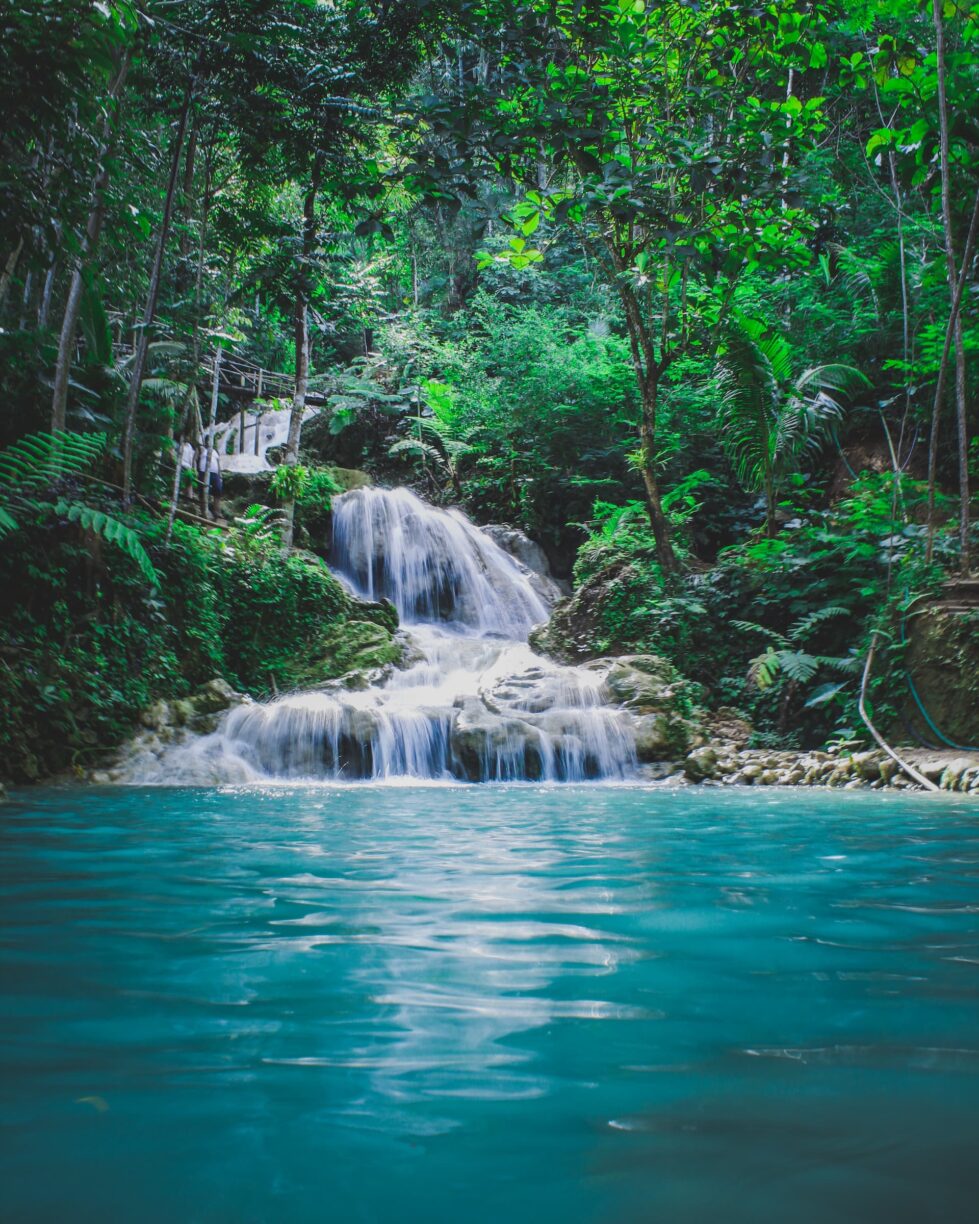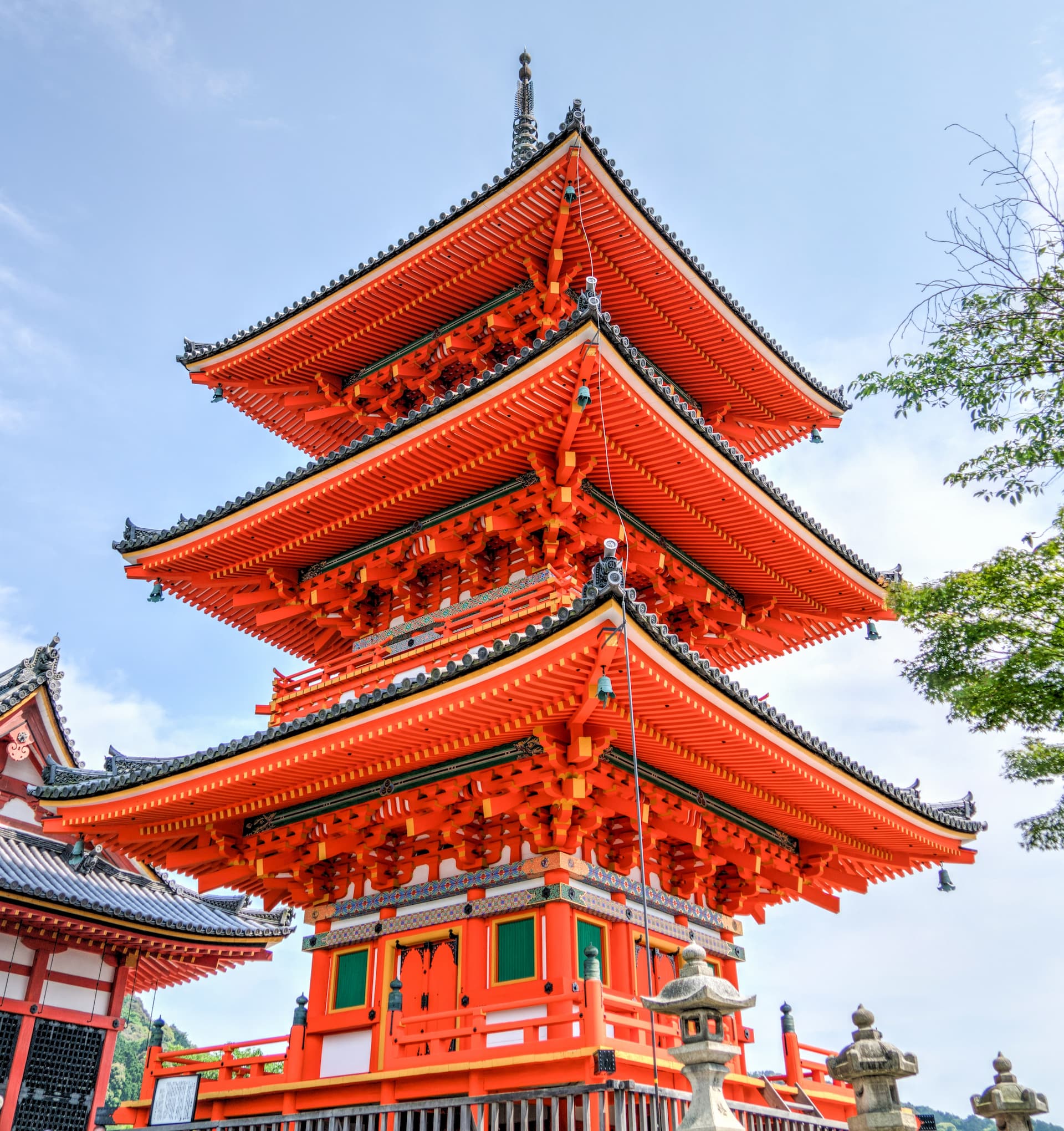The most beautiful sights of Asia are the world-famous Great Wall of China and the Indian Taj Mahal, the grandiose temple complexes of Indonesia and Thailand, the palaces of Japan and China The Great Wall of China (built in 220 BC and between 1368 and 1644) d.) is one of the most grandiose structures in the history of mankind, a symbol of China. This is the largest structure created by people in the entire history of the world and the only structure of this magnitude in the whole world. The length of all lines of the wall is 6350 km. This is the only creation of human hands, visible from space with the naked eye. The eighth wonder of the world, the longest in the world, “Wan li chang cheng” (“Wall of ten thousand li”) – this is how the Great Wall was called at different times. And although the last name can suggest the real size of the ancient Chinese wall (1 li is equal to 576 m), different sources give different numbers. According to some assumptions, its length does not exceed 4 thousand kilometers, according to others – it is more than 5 thousand kilometers. The average height of the wall is 6.6 m (up to 10 m in some sections), the width of the lower part is about 6.5 m, the upper part is about 5.5 m. This width allowed two horse-drawn carts to pass. Throughout the Great Wall of China, casemates for protection and watchtowers were built, and fortresses were built at the main mountain passes.

Taj Mahal
mausoleum-mosque located in Agra, India, on the banks of the Jumna River, built by order of the Mughal emperor Shah Jahan in memory of his wife Mumtaz Mahal, who died in childbirth. The architectural complex, built entirely of white marble, and which is called nothing less than the pearl of the architecture of the East, is included in the UNESCO World Heritage List and is one of the most recognizable architectural structures in the world. Arjumanad Banu, the young wife of Shah Jahan (better known by her title of Mumtaz Mahal or Taj Mahal, which translates as “Crown of the Palace”), was the niece of Jahan’s mother and the daughter of the first vizier. However, there are many legends on this subject, the most romantic of which says that the future Shah Jahan, who was then still a prince, met a beautiful poor girl in the bazaar with wooden beads in her hands, and she looked at him like that, that he did not see anymore surrounded by dirt and poverty, and firmly decided to marry the beautiful woman, so as not to be parted ever. It is known for sure that in that year (1612) she was 19 years old, quite a lot even by the standards of modern India.
Forbidden City (Beijing Imperial Palace)
is the largest palace complex in the world. Conceived back in 1406, it has been closed to mere mortals for centuries (hence the name of the palace). From this place of the Middle Kingdom, 24 emperors of the Ming and Qing dynasties ruled. But even today, 75 years after the last Chinese emperor left the palace, it still remains forbidden, half of the city is still closed to curious tourists and surrounded by an aura of mystery. This Palace was the first of the Chinese sites listed by UNESCO as a World Heritage Site (in 1987). The Imperial Palace was built in 1406-1420. Its total area is 720 thousand square meters. m; The palace complex has 9999 rooms. Surrounded by a wall 3400 m long and a moat called “Golden Water”. A million builders and 100 thousand other specialists took part in its construction – stone carvers, wood carvers, artists, etc. The Gate of Heavenly Peace leads into it.
Fuji (Fujiyama)
is the highest mountain peak (3776 m) in Japan, a volcano on the Japanese island of Honshu, 150 kilometers west of Tokyo. It has ideal conical outlines and serves as an object of worship for the Japanese. The Fuji area is also part of the Fuji-Hakone-Izu National Park. In good weather, Fuji is observed from a large area of the central part of the island of Honshu (out of 13 prefectures), but the views from the ocean are considered the most beautiful: it was here that the famous Tokaido, the road connecting Kyoto and Tokyo, ran. Fuji is not only a model of natural harmony and a symbol of Japan, it is a visible embodiment of the indestructible connection between tradition and modernity in the life of the Japanese people. The Japanese, in whom the genes of generations that have lived from time immemorial in common rhythms with Nature, have not died out, are able to contemplate the frozen eternity of their beloved mountain for a long time, recalling famous poems and legends and imbued with a state of peace and enlightened detachment.
Borobudur (Indonesia)
Buddhist stupa and the associated temple complex of the Mahayana Buddhism tradition, the largest Buddhist monument on Earth, a place of mass tourism in Indonesia. Borobudur is located on the island of Java in the province of Central Java, 40 km northwest of the city of Yogyakarta. Borobudur temple is considered one of the wonders of the world. There are no analogues of Borobudur in world architecture. The temple is built around a natural hill. It is a three-dimensional model of the universe of Mahayana Buddhism. Each person probably has their own comparison for this legendary historical monument in Indonesia. Imagine a stepped pyramid of five square and three round tiers, which, like a pot-bellied bottle, is topped with a stone mortar. Along the lower, square terraces stretch 1460 carved bas-reliefs that illustrate stories from the life of Gautama Buddha, his previous incarnations and stories from the lives of other bodhisattvas. If you walk around them tier by tier, a three-kilometer strip of stone paintings will step by step reveal the life of the Buddha.
Ayutthaya (Ayudhaya, Ayutthaya, Ayutthaya)
is an ancient city in Thailand. Located near Bangkok, 100 km north of it. The ancient capital of the kingdom of the same name, preceding Siam. In 1991, the historic center of Ayutthaya was included in the UNESCO World Heritage List. The city was founded in 1350 by King Ramathibodi I (U Thong) and became his capital after the defeat suffered by Sukhothai. In the 15th-16th centuries, trade and handicrafts flourished, and at the beginning of the 18th century, after several years of war, Ayutthaya fell into decay and the capital of Siam was transferred first to Thonburi, and then to Bangkok. Before the fall, Ayutthaya had 400 temples, 3 palaces, 12 km of fortress walls, 17 small fortresses and 100 city gates. 50 km of canals were also laid in the city, for which it received the name of the Venice of the East.

Average Rating